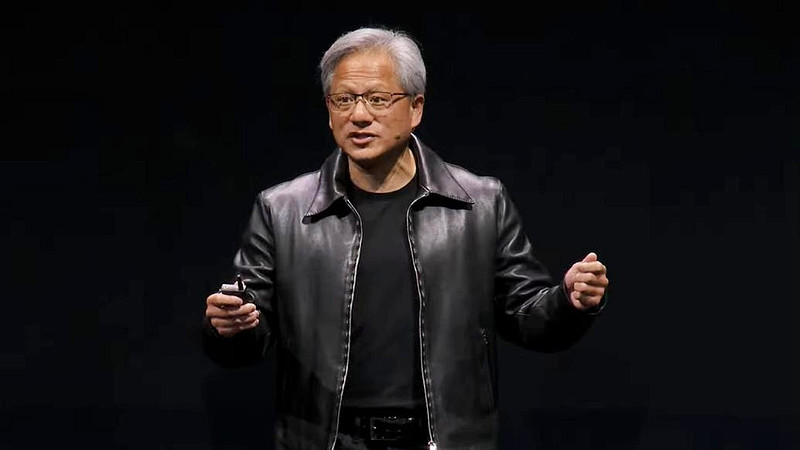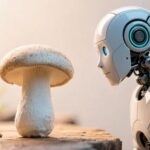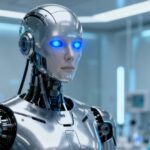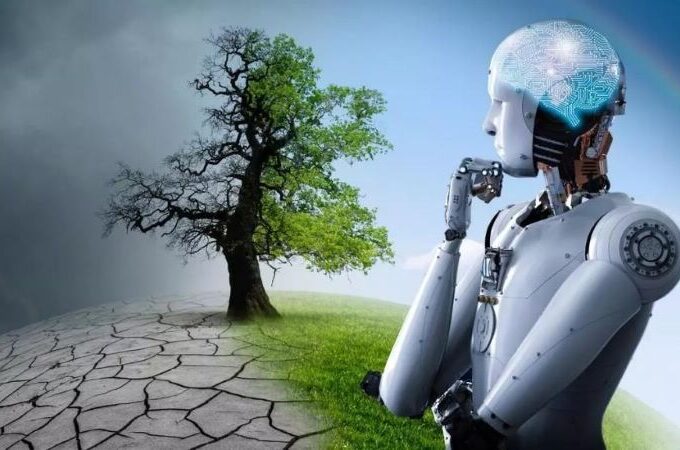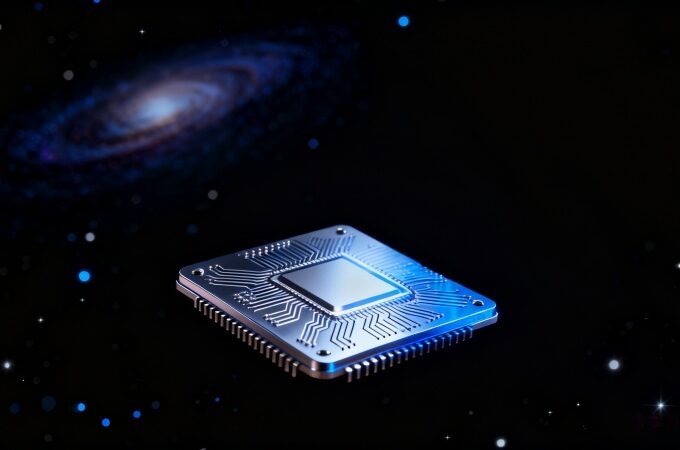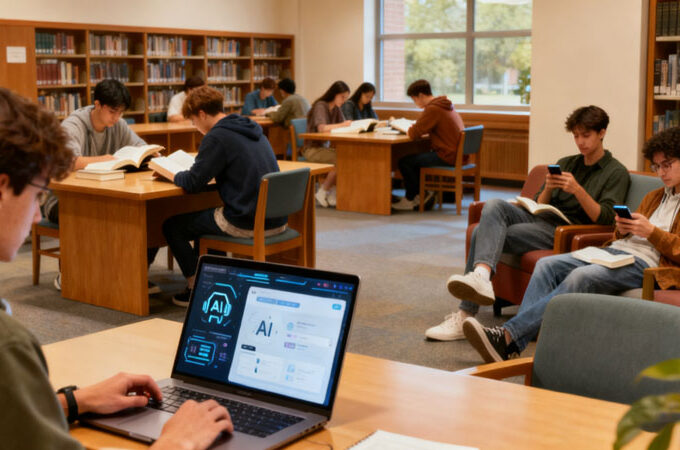Recently, NVIDIA’s founder Jensen Huang’s speech at the GTC conference has sparked a lot of attention from the global tech community. What Jensen Huang talked about was not a mere introduction to technology, but a brilliant speech that led people into an upcoming AI-driven future. This is not just about chips and robots, but a grand vision of the future evolution of human society. In his speech, Jensen Huang detailed NVIDIA’s chip roadmap, which will be a major force in driving AI and supercomputing.
Chips to Drive AI Development
A stark example is the Blackwell architecture, a chip that is now in full production and in high demand. According to Jensen Huang, Blackwell Ultra will be released in the second half of 2025 and is expected to deliver 1.5x higher AI performance than existing Blackwell chips, which is extremely important for data centers as well as AI modeling to increase computing power. This will be followed by the Rubin series, which will further break the bottleneck of AI computing power.
This series of chips is not just a tool for improving arithmetic power, but also a profound prediction of the future explosion of AI applications. Taking the Blackwell chip as an example, it has begun to play a huge role in various fields. For example, in the medical field, some biotechnology companies have used this chip to shorten gene sequencing time from weeks to just a few hours, accelerating the development of personalized drugs. In the financial industry, high-frequency trading companies through the Blackwell chip to enhance the algorithm’s reasoning ability, further optimize the trading strategy, trading efficiency increased by 30%. It can be said that each of NVIDIA’s chips is a milestone of technological progress, which not only provides impetus for the industry’s innovation, but also continues to promote mankind’s vision of the future of technology gradually into reality.
In addition to breakthroughs in chips and computing power, Jensen Huang also put forward the concept of “Physical AI”, which represents a huge leap in artificial intelligence from virtual to reality. This is the next stage of AI technology, marking the fact that it no longer just stays in the world of data, but directly interacts with the physical world, affecting all aspects of daily life.

Robots Come to Life
In his speech, Jensen Huang introduced Isaac Groot N1 – the world’s first open-source basic model of a humanoid robot. Isaac Groot N1 is capable of reinforcement learning through digital twin technology and analog data, and can quickly adapt to a variety of real-world tasks after completing training in a virtual environment. For example, in industrial production, this robot can become an intelligent assistant, automatically recognizing parts on the assembly line and adjusting assembly movements according to production needs. Such a robot not only improves production efficiency, but also greatly reduces labor costs, while its open-source nature provides global developers with the freedom to customize the space, further promoting the prosperity of the industry ecosystem.
Developed by NVIDIA in collaboration with Google DeepMind and Disney Research, the Blue robot is equipped with the ability to interact with humans by voice and gesture, and is able to shine in a variety of fields such as entertainment and healthcare. In Disney’s theme parks, this robot could potentially become a cartoon character that interacts with visitors, providing an immersive experience like never before. In the medical field, these robots can help patients with rehabilitation, sensing their movements in real time and providing precise assistance. In this way, the robots not only help to solve the problem of strained medical resources, but also improve the rehabilitation effect of patients.
This series of applications demonstrates the huge potential of Physical AI, from automated factories to daily companions in human life, all of which could become the norm in the near future. Robots are no longer unattainable sci-fi characters, they are gradually entering our lives and becoming part of our work and life.

Autonomous Driving Changes Travel
At the GTC conference, Jensen Huang also highlighted the latest progress in autonomous driving, especially the cooperative project with General Motors (GM). The two companies plan to jointly develop a driverless car, combining GM’s strengths in manufacturing and NVIDIA’s AI technology to drive driverless commercialization. This driverless car will not only be able to sense its surroundings in real time, but also be able to effectively avoid pedestrians and obstacles, and is expected to have an accident rate more than 90% lower than that of traditional vehicles. Such a driverless cab will greatly improve the efficiency of urban travel, reduce traffic congestion, greatly optimize the traffic flow during peak hours, and even make the waiting time of the public much shorter.
Of course, the development of autonomous driving is not only to improve efficiency, but safety is also a key area of concern for NVIDIA. In this speech, Jensen Huang introduced the NVIDIA HALO safety system, a full-stack safety architecture covering every aspect from the cloud to the vehicle, which ensures the safety of passengers and pedestrians when self-driving vehicles are driven in a variety of complex environments. the HALO system also promotes the standardization of automated driving technology through eco-collaboration with partners to accelerate the popularization and application of this technology worldwide. The HALO system will also help standardize autonomous driving technology through ecological collaboration with partners, thus accelerating the global adoption of this technology.
AI is accelerating us into a new era. By continuously improving computing power, optimizing algorithms and expanding application scenarios, NVIDIA is laying the foundation for a future full of infinite possibilities. From chip-enabled supercomputing to AI-driven robotics to the commercialization of autonomous driving, every technological advancement from NVIDIA brings us closer to a future full of intelligence, automation and convenience.


